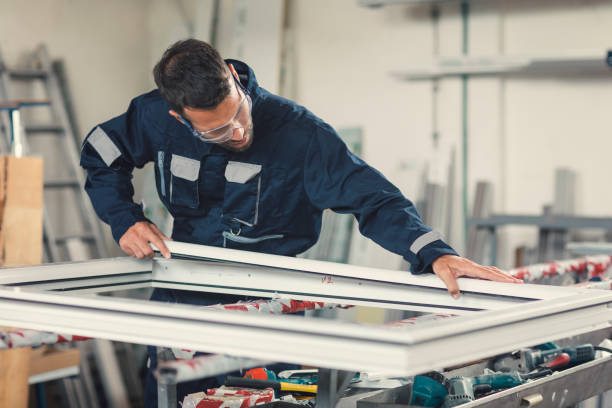
One of the most common use of aluminium in the medical field is in pharmaceutical packaging, where it protects medicines and medical supplies from contamination.
Blister Packaging and Medication Protection
Aluminium foil is a key material in blister packaging, providing an airtight seal that protects tablets and capsules from moisture, light, and bacteria. This extends the shelf life of medicines and ensures their effectiveness.
Sterile Packaging for Medical Supplies
Many disposable medical products, such as syringes, catheters, and surgical gloves, are packaged using aluminium-based materials. The airtight packaging prevents bacterial contamination, ensuring the safety and sterility of medical equipment.
Vaccine Storage and Transport
Aluminium is widely used in vaccine storage containers and insulation materials. Since vaccines require strict temperature control, aluminium’s reflective properties help maintain the necessary conditions, preserving their potency and effectiveness.
Aluminium in Hospital Infrastructure
Aluminium is extensively used in the construction of hospital infrastructure due to its strength, lightweight nature, and corrosion resistance.
Hospital Beds and Wheelchairs
Aluminium is the preferred material for hospital beds and wheelchairs because it is easy to clean, rust-resistant, and lightweight. Patients and healthcare workers benefit from the mobility and durability offered by aluminium-based furniture.
Medical Carts and Surgical Tables
Aluminium is also used in the construction of medical carts, surgical tables, and IV stands. These items need to be sturdy yet easy to move, making aluminium an ideal choice for healthcare environments.
Air Filtration and Ventilation Systems
Hospitals require high-quality air filtration systems to maintain a sterile environment. Aluminium is commonly used in air filters and HVAC ducts, helping remove airborne contaminants and improving air quality in critical areas such as operating rooms and intensive care units.





Leave a Reply